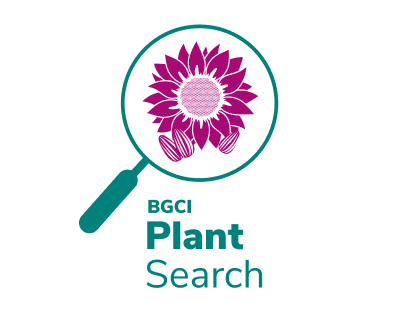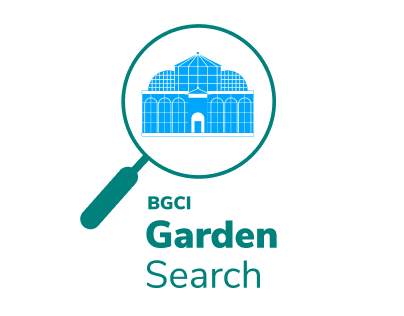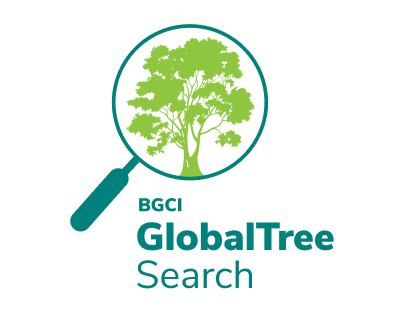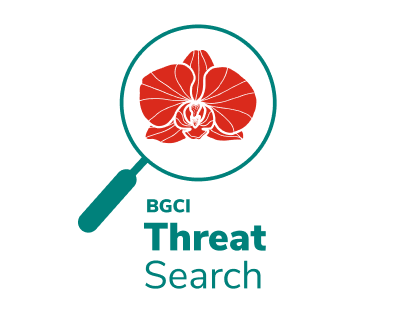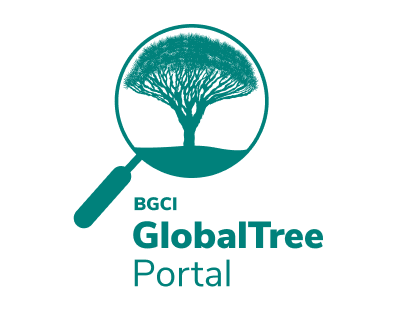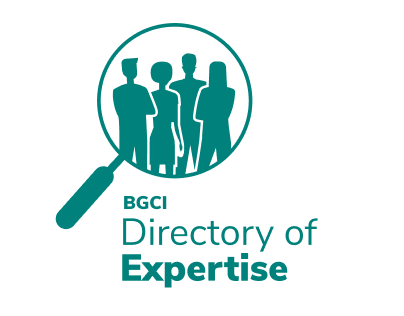Implementing Access and Benefit Sharing
- Implementing Access and Benefit Sharing
- The International Plant Exchange Network
- The Principles on Access to Genetic Resources and Benefit Sharing
Promoting the use of plant resources in research and development in compliance with national and international access and benefit-sharing (ABS) laws and policies.
As part of BGCI’s Darwin Initiative project with the Ethiopian Biodiversity Institute, BGCI is gathering practical examples of measures that ex situ collections, research institutions and their networks are taking to ensure that they acquire, use and transfer plant genetic resources and share benefits in compliance with national and international laws, respecting the rights of provider communities and in accordance with mutually agreed terms.
Ex situ collections and research institutions have responsibilities both as users and secondary providers of genetic resources along chains of custody, use and value.
Practical examples highlighted on these pages include measures to strengthen relationships with communities, ABS training and awareness-raising within institutions and via networks, institutional responses to codes of conduct, and data management systems to maintain links between provider and permissions data and material.
The examples identified have been sorted into five main themes and these are described below:
Codes of Conduct and their Institutional Implementation
Plant collections and researchers have been involved in the development of a range of ABS sectoral policy tools, codes of conduct and best practices since the CBD came into force, including the Principles on ABS; the International Plant Exchange Network; the International Society for Ethnobiology Code of Ethics and post-Nagoya Protocol; the Consortium of European Taxonomic Facilities (CETAF) Code of Conduct and Best Practices; and the Mexican Association of Botanic Gardens Code of Conduct and Compendium of Good Practices. The examples provided here show how such codes and best practices are being addressed by a range of institutions.
- The Clauses from the Mexican Association of Botanic Gardens Code of Conduct
- An example of a process for fieldwork: Jardín Botánico Universitario BUAP
- Overseas fieldwork approval process at the Royal Botanic Gardens, Kew
- Compliance with CBD and ABS provisions – institutional tools and approaches used by the Royal Botanic Garden Edinburgh
- Review of ABS implementation procedures at the Swedish Museum of Natural History
- ABS management at the Natural History Museum (NHM) London
- ABS implementation for plant science and collections at the Bavarian Natural History Collections (Staatliche Naturwissenschaftliche Sammlungen Bayerns, SNSB)
- ABS governance and implementation at the Museum National d’Histoire Naturelle (French Natural History Museum)
- ABS awareness-raising and ABS management at a university museum (The Museum of Comparative Zoology (MCZ), Harvard University)
- ABS implementation for plant science and collections at the University of Oxford
Data Management Systems
Plant collections and researchers may use a range of systems to keep ABS-relevant data on providers, consent and the terms of permits and agreements linked to material, associated information and the results of research. Systems may be simple or more complex, with modules for different types of specimens; they may be developed in-house or by specialist companies. Data standards can help to ensure that appropriate information is captured. The examples here set out several systems in current use can be used to keep track of ABS obligations, and highlight their use by a range of institutions.
- The database of the Regional Botanical Garden of Cadereyta (Jardín Botánico Regional de Cadereyta)
- IrisBG as a tool for Nagoya Protocol implementation
- The Global Genome Biodiversity Network (GGBN) Data Standard: a tool to promote ABS compliant data management in collections.
- Documentation of specimens and samples of genetic resources entering the biological collections at the Botanic Garden and Botanical Museum Berlin with regard to the ABS regulations and the Nagoya protocol.
- Specify Software as a tool for ABS compliance, access and benefit-sharing
Reference is also made to the following examples:
- Compliance with CBD and ABS provisions – institutional tools and approaches used by the Royal Botanic Garden Edinburgh
- Review of ABS implementation procedures at the Swedish Museum of Natural History
- ABS awareness-raising and ABS management at a university museum (The Museum of Comparative Zoology (MCZ), Harvard University)
- ABS management at the Natural History Museum (NHM) London
- ABS governance and implementation at the Museum National d’Histoire Naturelle (French Natural History Museum)
Working with Communities and their Traditional Knowledge
Plant collections and researchers may interact with Indigenous peoples and local communities when they acquire wild or cultivated plant genetic resources, and may seek to document and investigate traditional knowledge associated with the resources. It is critical that individuals and institutions work respectfully with communities and request their free prior informed consent before conducting activities that affect communities or acquiring material or information over which those communities have rights. The examples here include some of the guidance available to collections and researchers, and some current practices for seeking consent and involvement.
- Global Diversity Foundation – Conducting ethical conservation research
- The Clauses from the Code of Conduct of the Mexican Association of Botanic Gardens
- Good practices for working with communities, Mexican Association of Botanic Gardens
- Jardin Botánico “Francisco Javier Clavijero” and its linkage with communities
- Montreal Botanical Garden – Establishing a research agreement with an Indigenous community
- Conservation of medicinal plants at Gullele Botanic Garden: a collaboration with local healers
Awareness-raising by Networks and Institutions
Awareness is critical to practical ABS implementation, to ensure that institutional managers, researchers and curators understand the larger ethical and legal background, the opportunities that arise from respectful relationships and collaboration and the costs of non-compliance, and their own roles and responsibilities. Examples are provided here of training and awareness-raising activities conducted by international and national networks and institutions.
- ABS awareness-raising at the research network level: the High Value Chemicals from Plants Network
- ABS training for SEP2D-funded researchers in Francophone countries
Reference is also made to the following examples:
- ABS management at the Natural History Museum (NHM) London
- ABS governance and implementation at the Museum National d’Histoire Naturelle (French Natural History Museum)
- ABS awareness-raising and ABS management at a university museum (The Museum of Comparative Zoology (MCZ), Harvard University)
Benefit-sharing
Plant collections and researchers can generate and share a wide range of benefits in the course of their acquisition and use of plant genetic resources. In many cases research is non-commercial and benefits are non-monetary, but even non-commercial research can also involve the sharing of monetary benefits. Benefits may be shared bilaterally between providers (such as local communities, landowners and/or government authorities) and users, or globally for the benefit of the scientific community and society.
- Bilateral and global benefit sharing at the Royal Botanic Gardens, Kew
- Good practices for working with communities, Mexican Association of Botanic Gardens
Reference is also made to the following examples:
- Compliance with CBD and ABS provisions – institutional tools and approaches used by the Royal Botanic Garden Edinburgh
- ABS management at the Natural History Museum (NHM) London
BGCI seeks further examples of institutional and network ABS measures! Please send suggestions to abs@bgci.org.
Examples compiled by Kate Davis, Consultant ABS Advisor to BGCI.
Share
